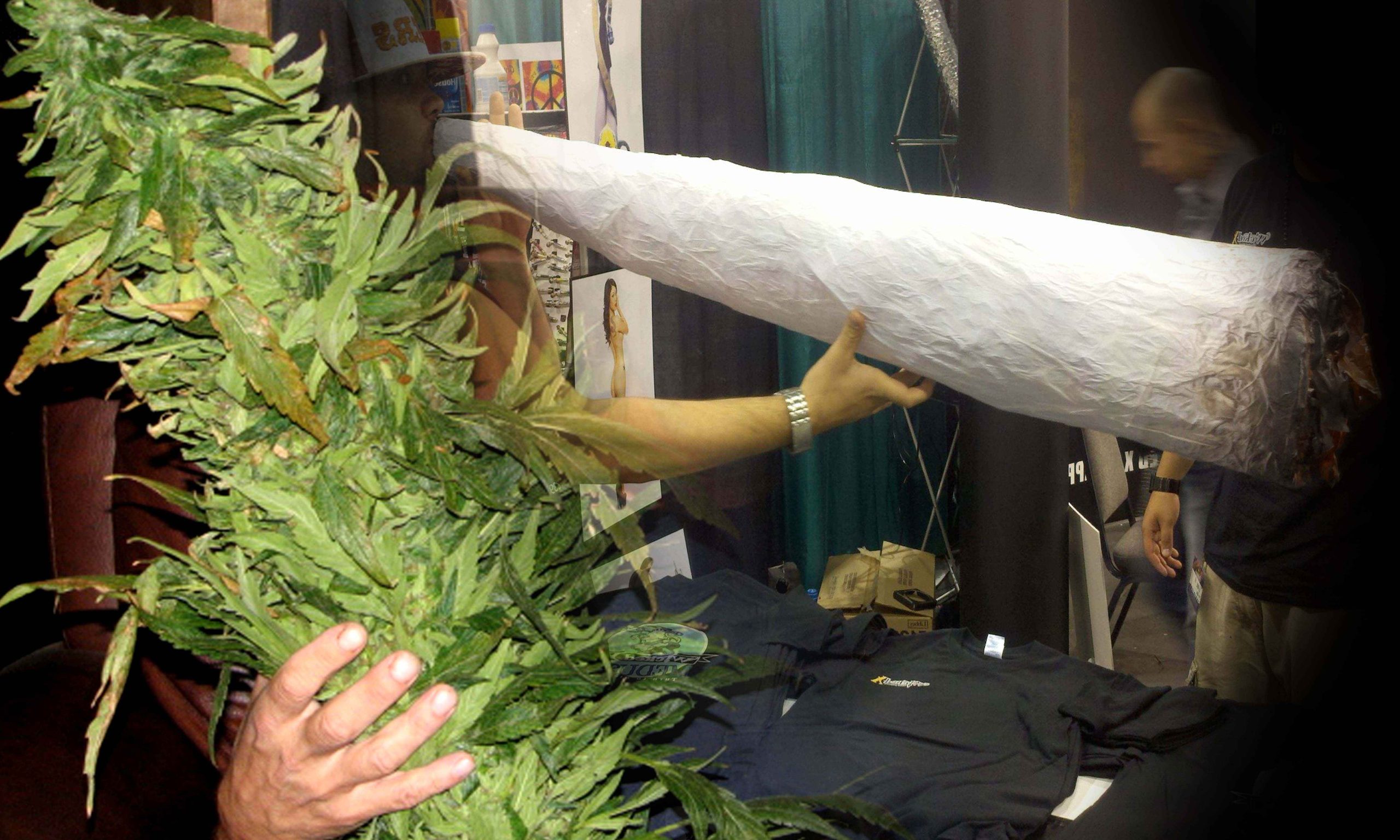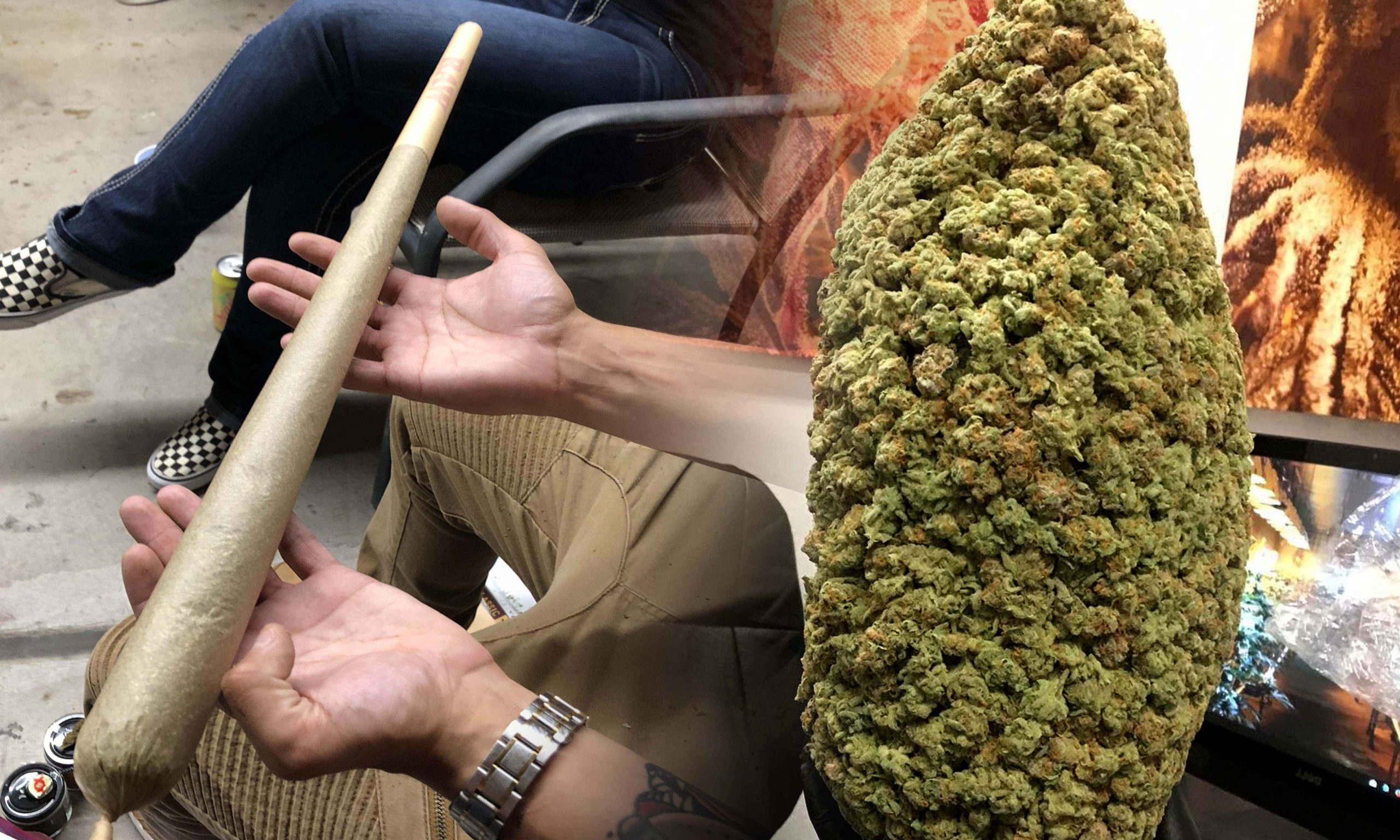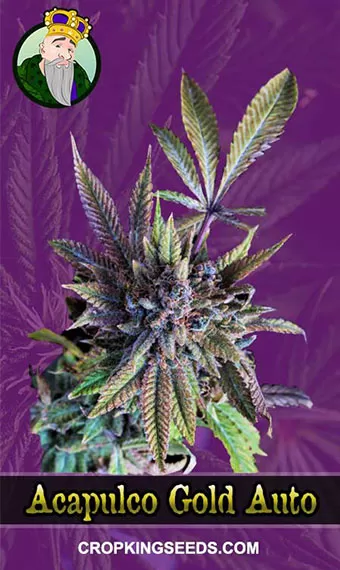In the world of growing marijuana, there’s a big push to grow really big buds with the hopes of somehow showing the biggest bud ever recorded. People who love marijuana and people who grow it both want this. It’s not just about having fun—growing huge buds means getting really strong marijuana and lots of it. In this article, we’re going to talk about some weed world record and also show you how to make buds as big as possible. We’ll look at different ways to do it and give you tips and tricks to help you grow the biggest marijuana buds possible.
Guinness World Records: Longest vs. Biggest Joint
Marijuana fans have seen some amazing things happen, like when people made the longest and biggest joints ever recorded in the Guinness World Records. These achievements don’t just show how creative people in the marijuana community are—they also highlight how much marijuana culture is accepted and seen as normal all around the world.
The Longest Joint
Massachusetts, USA, made history by making the longest joint ever, stretching an incredible 30 meters. This amazing feat, made entirely with marijuana and no tobacco, shows how talented the people who roll joints are. Led by Keith Laham, this project needed a lot of careful planning and many months of practice. It’s a great example of how creative and dedicated people can be when it comes to marijuana.
The Biggest Joint
Tony Greenhand, an imaginative artist, created the biggest joint ever, breaking barriers with a masterpiece that looked like a slice of watermelon. Using over two kilograms of marijuana, Greenhand carefully shaped and colored the joint, adding artistic touches to his creation. Besides its beauty, the joint’s engineering marvel included a connected hose for airflow, showing innovation in how people smoke marijuana.
Maximizing Bud Size: Strategies and Techniques
Selecting the Right Strain: The Foundation of Success
Achieving colossal buds begins with selecting the appropriate strain tailored to individual preferences and cultivation goals. Strains renowned for producing large buds, such as the Big Bud strain, offer a promising starting point for growers aspiring towards bountiful harvests. Understanding the genetic makeup and growth characteristics of different strains empowers cultivators to make informed decisions, maximizing the potential for robust bud development.
Optimal Potting: Nurturing Growth Potential
Adequate space for root expansion is imperative for fostering robust growth and maximizing bud size. Transitioning plants to appropriately sized pots ensures unhindered root development, laying the groundwork for prolific flowering. Balancing pot size to accommodate growth while preventing root-bound conditions is essential for optimizing yield potential. Moreover, incorporating high-quality potting mix enriched with essential nutrients further enhances plant health and vitality, setting the stage for impressive bud formation.
Nutrient Management: Fueling Bud Development
Strategic fertilization strategies play a pivotal role in nurturing flourishing marijuana plants and fostering sizable buds. Recognizing nutrient deficiencies and adjusting fertilization regimens accordingly empowers growers to address plant needs throughout various growth stages. From calcium and potassium during vegetative growth to phosphorus and potassium during flowering, tailored nutrient supplementation is key to achieving voluminous buds. Additionally, organic amendments and microbial inoculants contribute to soil health, facilitating nutrient uptake and promoting robust bud growth.
Environmental Factors: Creating Optimal Growing Conditions
Maintaining ideal environmental conditions is paramount for maximizing bud size and potency. Temperature regulation, lighting optimization, and carbon dioxide supplementation are integral components of creating an optimal growing environment. Implementing meticulous pruning practices ensures efficient light distribution, enabling plants to thrive and produce expansive buds. Furthermore, investing in quality ventilation systems and humidity control measures mitigates the risk of pests and diseases, safeguarding the health and productivity of the cannabis crop.
Conclusion: Empowering Growers to Cultivate Cannabis Giants
In conclusion, the pursuit of cultivating colossal marijuana buds transcends mere horticultural endeavors, embodying a fusion of artistry, innovation, and scientific precision. By leveraging proven techniques and insights, growers can embark on a journey towards realizing their aspirations of cultivating the world’s largest marijuana buds. As the cannabis landscape continues to evolve, embracing a commitment to excellence and experimentation paves the way for groundbreaking achievements in cultivation. Armed with knowledge and dedication, cultivators have the opportunity to push the boundaries of conventional cultivation practices, ushering in a new era of cannabis cultivation characterized by unparalleled quality and abundance.
FAQs
Q: Can I grow large marijuana buds indoors?
A: Yes, you can grow large marijuana buds indoors by providing proper lighting, ventilation, and nutrient-rich soil.
Q: How long does it take to grow a giant marijuana bud?
A: The time it takes to grow a giant marijuana bud depends on factors like strain, growing conditions, and care, but it typically ranges from 8 to 12 weeks.
Q: Do I need special equipment to grow big marijuana buds?
A: While specialized equipment like grow lights and ventilation systems can help optimize growth, you can still achieve sizable buds with basic supplies like pots, soil, and nutrients.
Q: Can I grow big marijuana buds in a small space?
A: Yes, you can grow big marijuana buds in a small space by using techniques like topping and low-stress training to maximize vertical growth and optimize space utilization.
Q: Are there any risks associated with growing large marijuana buds?
A: Yes, some risks associated with growing large marijuana buds include pests, diseases, and legal implications depending on your location. It’s important to research local regulations and implement proper pest and disease prevention measures to mitigate risks.





















